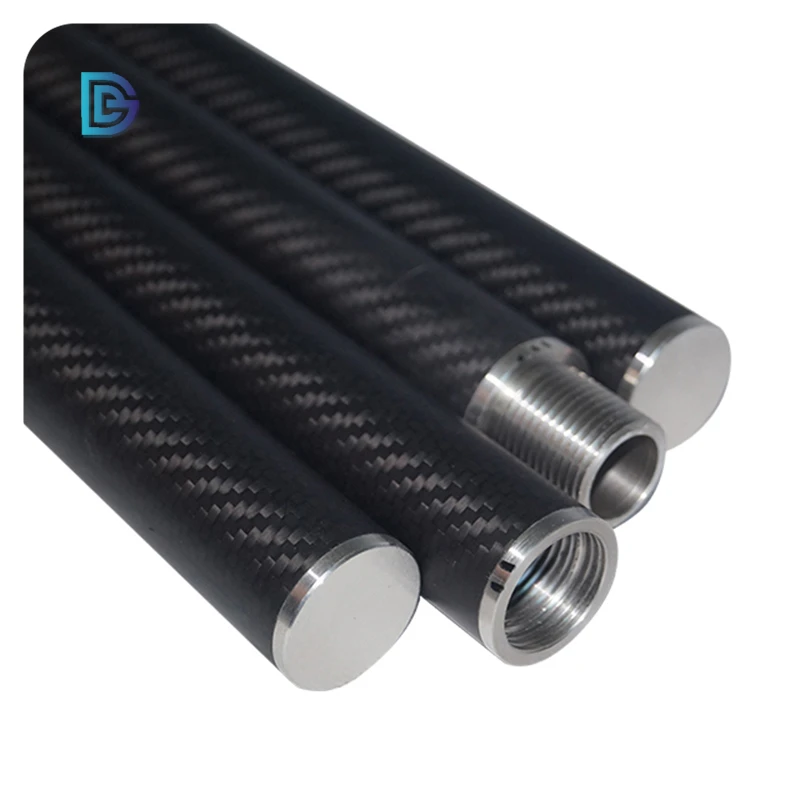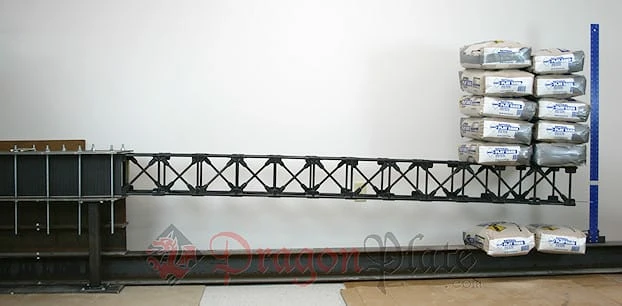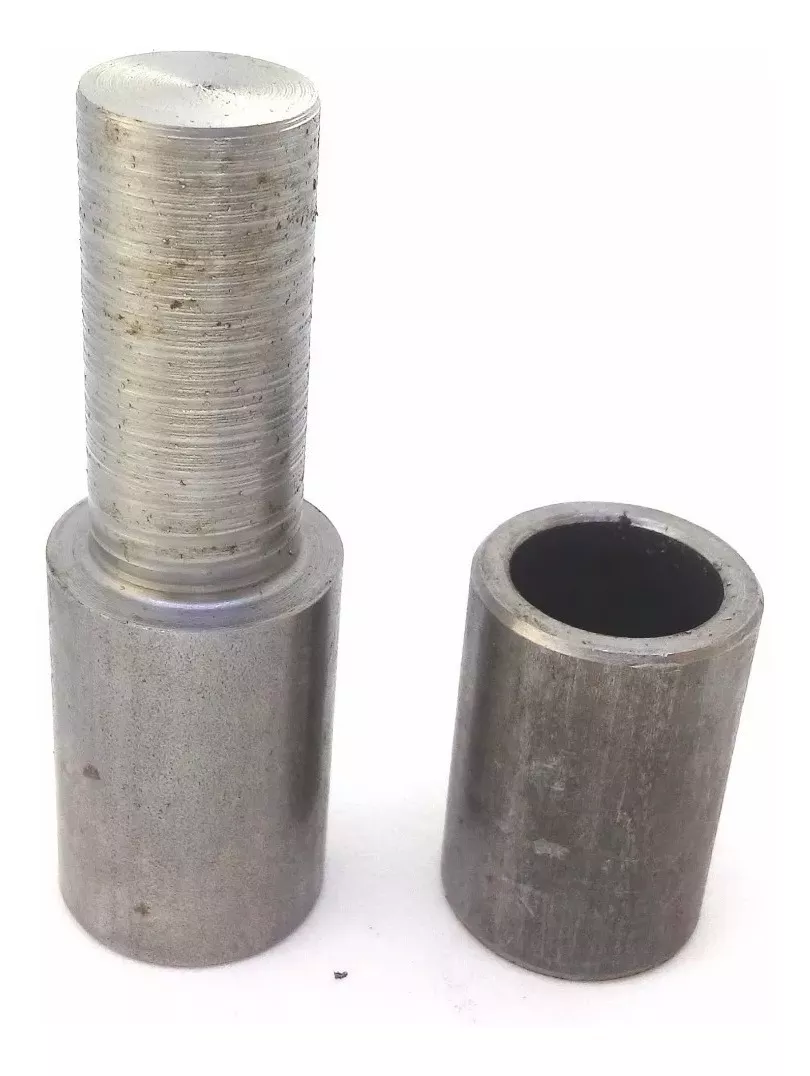Friday, 08:37, 30/12/2022.
So, let's try again to go designing the bones.
Something that I totally forgot when calculating the weight of the skeleton: Density.
You know drag cars? Those cars that literally work on speeds so fricking intense that they can only work one race and breakdown?
So, they use aluminium, because aluminium is just 1/4 of the density of steel, so if you make an aluminium bar bigger than a steel bar in order to withstand the same weight as a smaller steel bar, it would weight more or less half (or even a third) of the weight of the steel bar.
This guy explains it better than me:
So... Calculation time:
Well, I forgot to write the calculation, but basically, a 9 cm diameter 30 cm length aluminium rod would weight just 5 kg, which in total woud weight around 600 kg (1322 pounds).
However, just like I said, I would need to make it bigger, so I tried something around 15cm of diameter and I got 15kg per rod, which would give the same results in the projec log 18.
Like I said on Project Log 10, the joints of wrists, torso and all that stuff will all be universal joints.

But the only universal joint that I think would be able to withstand fricking 5 tons would be universal joints for trucks/tractors, and of them costs 200 Reais (37 dollars) each, and I need around 16 of those.
So... 3200 Reais (605,30 dollars) just for the joints.
AAAAAAAAAAAAAAAAAAAAAAAAAAAAAAAAAAAAAAAAAAAAAAAAAA
Yes, I know that the muscles need to lift 5 tons, but the overhaul weight will still be just 1 ton.
But, as you know: all the weight of walking, running and jumping will be going down on the legs and feet, and these will absolutely need to be extra resistant.
I'm also guessing, of course.
These things are meant to rotate, not to withstand impacts.
Another big problem is that carbon fiber is terrible when it comes to screws, and joints.
Those metal connections on carbon fiber tubes need to be inserted before the resin is applied to the fibers.
How to I apply this to the writs, to the shoulders, to the elbows, the knees, the feet?
Worse of all, carbon fiber is terrible against impacts.
But I was thinking on possible solutions for these problems, I just don't know how to calculate if they would actually work or not.
The idea was to either:
- Make a Matryoshka of tubes of carbon fiber and tubes of steel one inside another. So the impact would be dispersed on the maleable steel/aluminium, and the weight be sustained by the carbon fiber.
- Insidert a carbon fiber tube inside a steel tube.
The steel would protect the carbon fiber from impacts and the carbon fiber would sustain the weights.

Probably none of the above would work, nor be light or cheap.
And I don't know how to make the universal joint rotate on its axis like those Stewart Platforms do.

I'm also not being able to find heavy duty ball joints for vehicle sor anything like that.
Bruh, I just need the wrist to rotate, why is this so hard? y-y
I also found this company called "Dragon Plate", which specializes on carbon fiber modular structures.
They showed this (impressive) picture of a 500 lbs (200 kg) at a distance that I don't know which.

Just to remind you of mechanical levers: the greater the distance from the basis of the structure, the greater the weight it is applied to it.
So, even though it is "just" 200 kg on the tip, it is actually an even bigger weight on the bars in the other tip.
I took a random online torque calculator and assuming this contraption has 3 meters of length and the 500 lbs is completely applied to the extreme outer tip, this would be applying 63 thousand kg force per centimeter (of torque).
But this isn't a rotating mechanism, this isn't a torque matter, but even then...
Maybe I should use the work distance equation?
Work = Force x Distance.
So:
- 1961.33 newtons x 3 = 5883 n . m or 5883 joules.
- 5883 newtons = 599 kg
hmmm
This puts into perspective that maybe this thing doesn't need to be made out of solid metal rods...
Maybe I could make a really dense structure like this one with these modular carbon tube fittings.
Bruh, we really need an engineer...
Well, I guess I will need to improvise something.
I was thinking on making an outer tube of carbon fiber, insert a thin inner metal tube with low friction, then take a solid carbon fiber rod, cover it with a thin outer metal tube and insert it inside the bigger carbon fiber tube.
This way it would be able to rotate and distribute the loads throughout all the structure.
 Now I "just" need to find a way to avoid the tubes from slipping out of each other like a telescopic tube. lol
Now I "just" need to find a way to avoid the tubes from slipping out of each other like a telescopic tube. lol
And the complexity just increases...
The best result I could find was heavy duty hinges or 1 ton hinges.

these sure do look heavy...
I guess I don't have any choice but to make everything out of the thickest carbon fiber composite and metal-carbon tube contraptions and gambiarras.
Which is not my preferred option, simply because I would need to make everything by hand.
And making everything by hand means making everything half-assed by hand, but taking longer.
I will publish this right now, but I don't feel any bit complete.
I just feel like the discussion I opened here can attract people.
Discussions
Become a Hackaday.io Member
Create an account to leave a comment. Already have an account? Log In.
I would say don't bother with carbon fiber for the majority of the structure. It's too expensive, and due to the brittleness you have to overbuild it for safety and lose a lot of your weight advantage. However it can be worth using in certain cases where the fabrication techniques are easier than doing the same thing in aluminum.
Oh, and another technique that could potentially be used for the bones is this: https://hackaday.io/project/182026-self-created-metal-composites
It needs a lot more testing done to get an idea of the mechanical properties. I tried and failed once, but I've never electroplated anything and am generally bad with chemistry, so I probably just didn't have the right plating solution or something (I used vinegar and salt). Copper powder collected on the carbon but did not bind together into solid metal.
I think that technique will be especially good for making cores for carbon fiber bones (using woven sleeve or just wrapping fabric around multiple times). But that's probably too expensive for something the size of your mech.
Are you sure? yes | no
That link you showed is really interesting, no, it is fascinating! :O
The only problem that I can think is that the person focuses more on "how incredible it is" instead of showing more scientific data.
Like showing the tensile strength, brittleness and endurance compared to other materials and so on.
Something more like this: https://youtu.be/ycGDR752fT0
But one thing I can think of the top of my head about why and how your version failed is the electroplating method itself:
Basically, a complex structures (like fibers/lattices) are a terrible object for electroplating because the electrical current has a difficult time making an even coat.
https://youtu.be/tpO5DgiCgyM
In this video this guy shows an "electroless" method of bonding nickel to composites, but since he doesn't have the electroless chemicals, and uses the conventional electroplating. And unfortunately fails because of reasons better explained by him.
I hope next time you test it, it works :)
Are you sure? yes | no
I don't think conductivity was the problem since it was just one strip of 3k tow. But yeah, electroless would be better if you want to completely fill a bone with it. Sounds like carbon has to be electroplated first anyway though. And for my project I was thinking maybe 10mm of this carbon-metal pseudo-foam, with hollow core like the hand in his video. Then 1mm of traditional carbon fabric+epoxy skin. The skin would bear the load, the foam is only to prevent buckling, and to serve as the mandrel for fabrication purposes. I had previously planned on using 3D printed mandrels, which would either be left in as dead weight or dissolved out. But this way is much better, allowing a thinner skin without buckling, no dead weight or dissolved plastic to deal with, and hopefully stiff enough mandrel that it can be vacuum bagged without deforming.
But I am very curious how strong and stiff the carbon-metal is by itself too. Perhaps I will buy some copper sulfate and make a proper plating solution...
Are you sure? yes | no